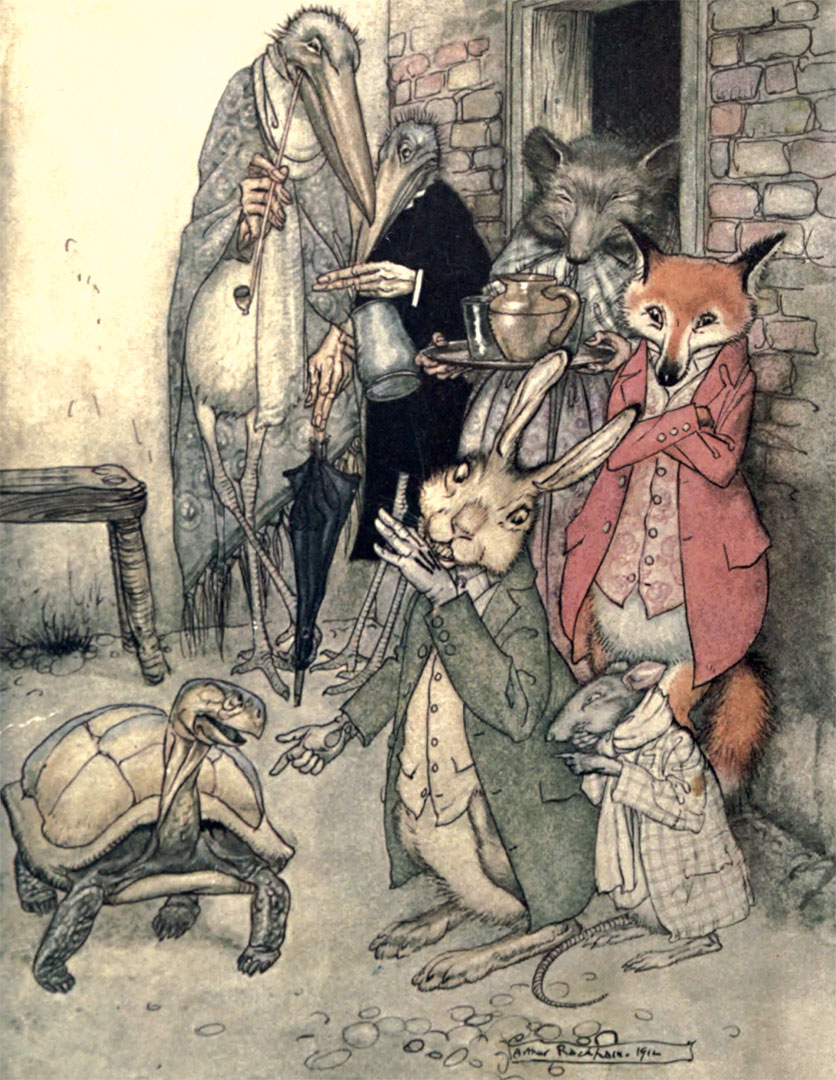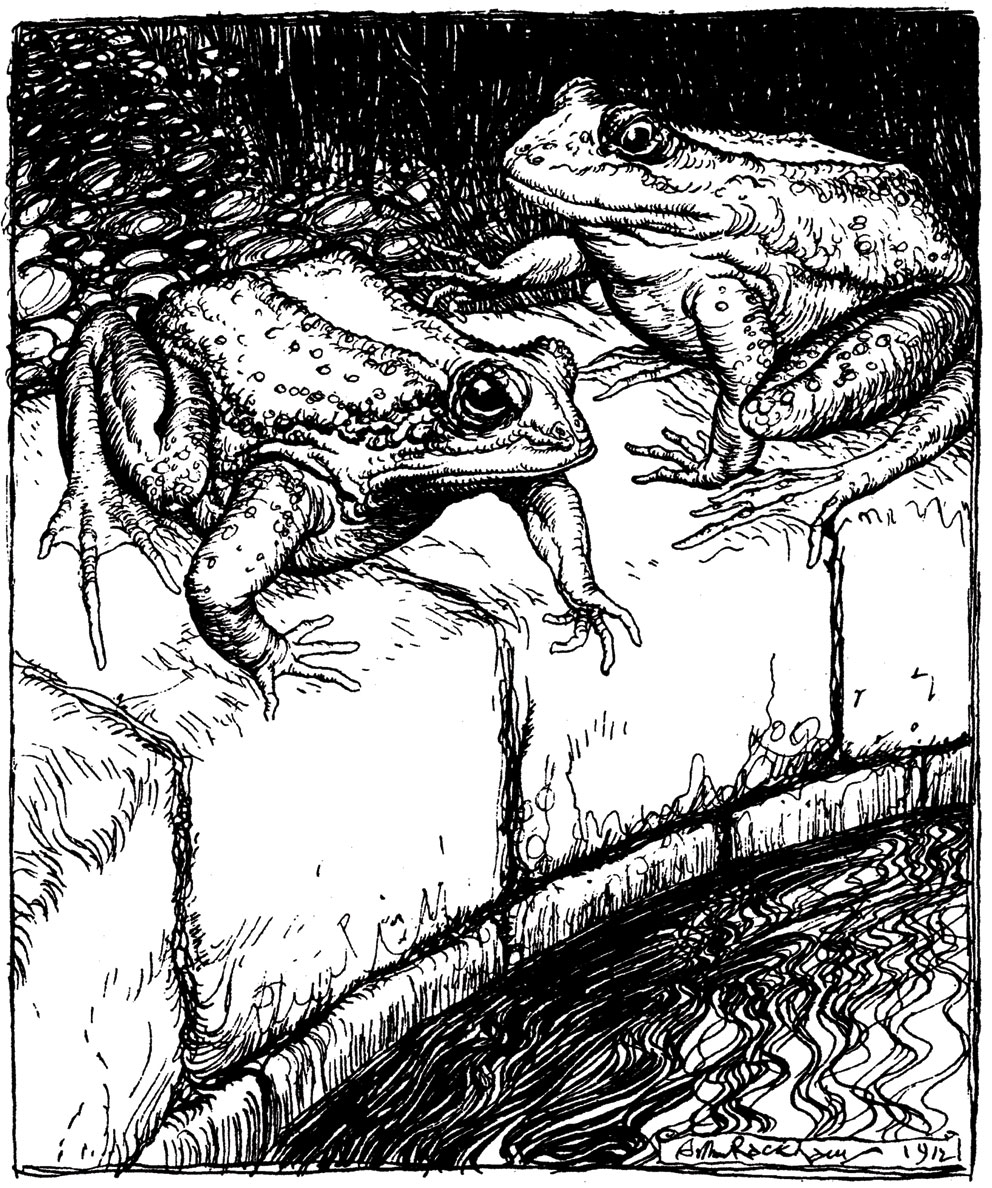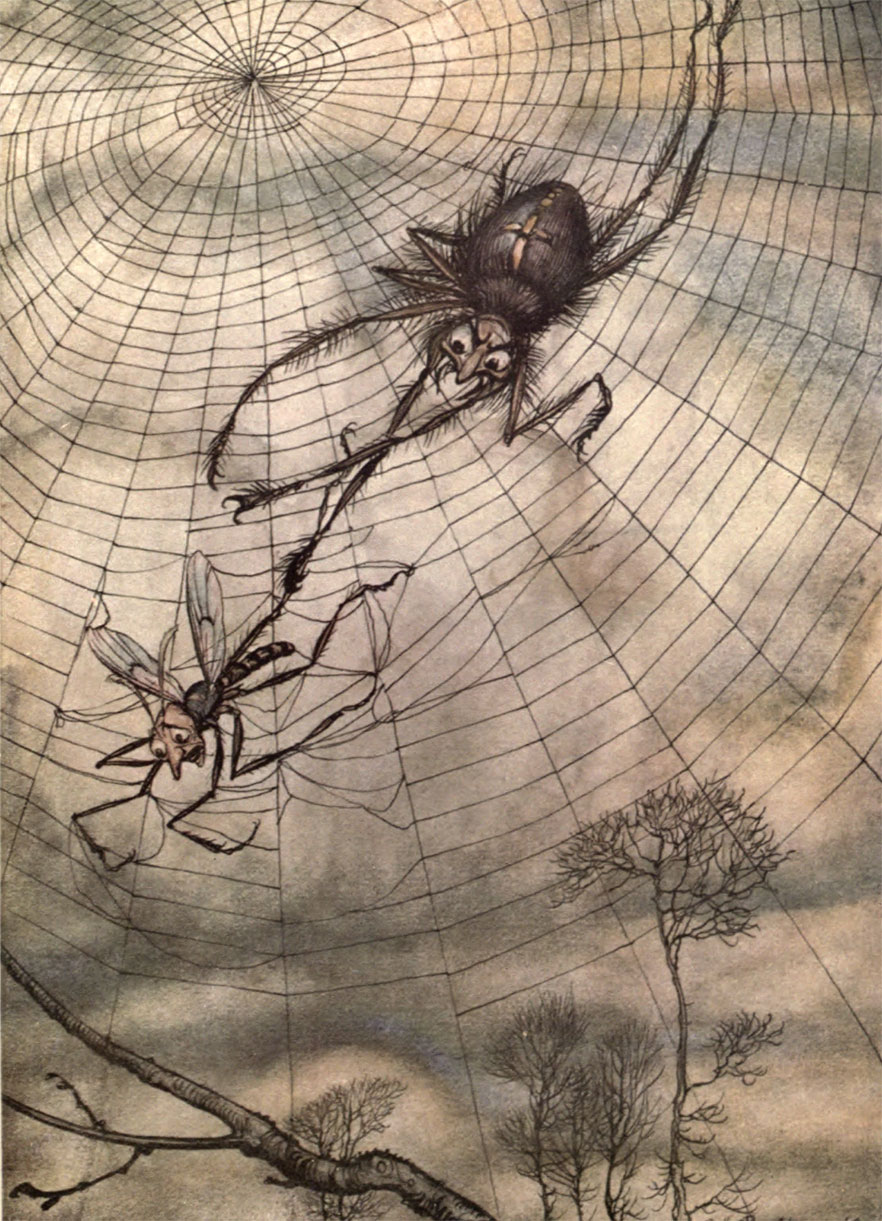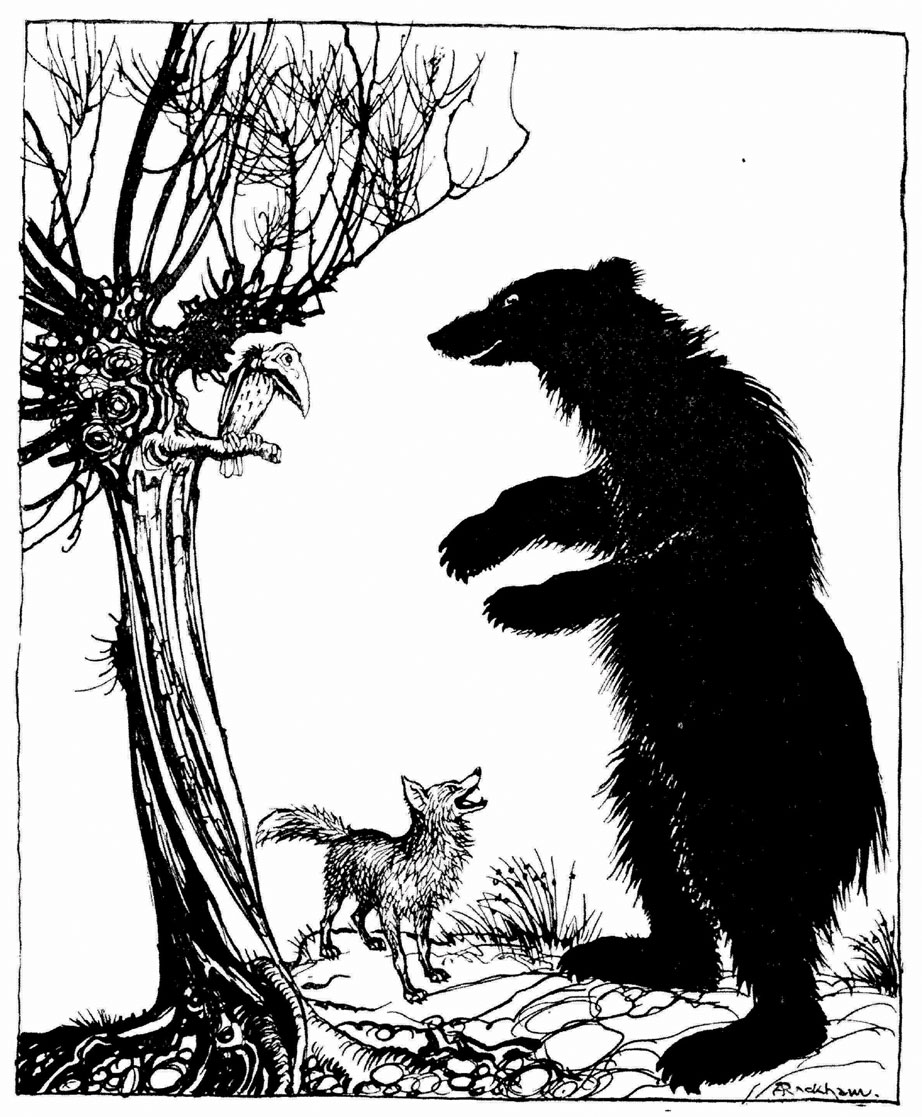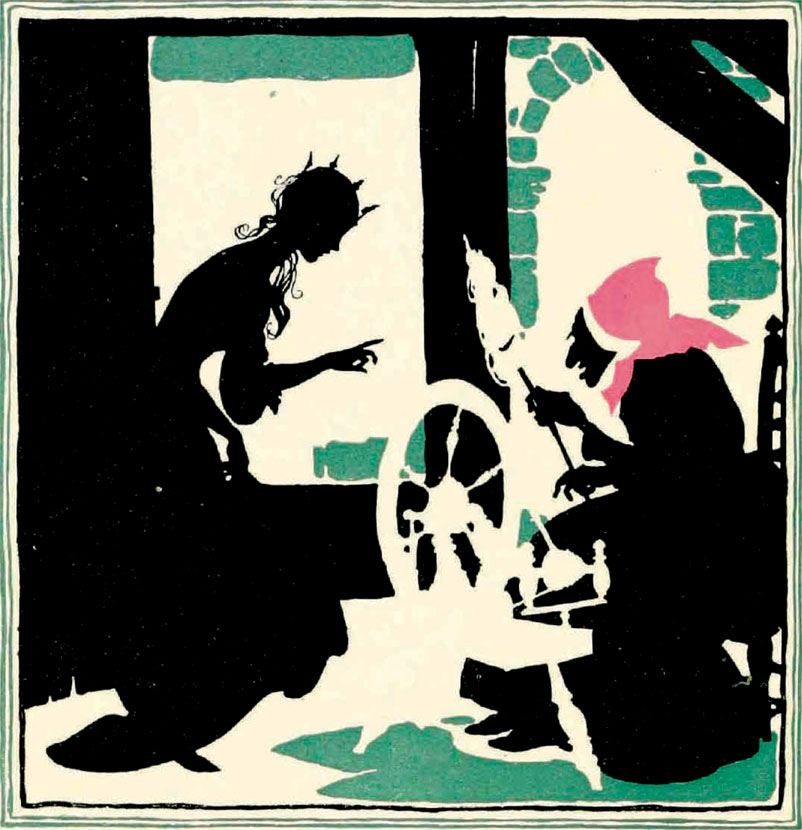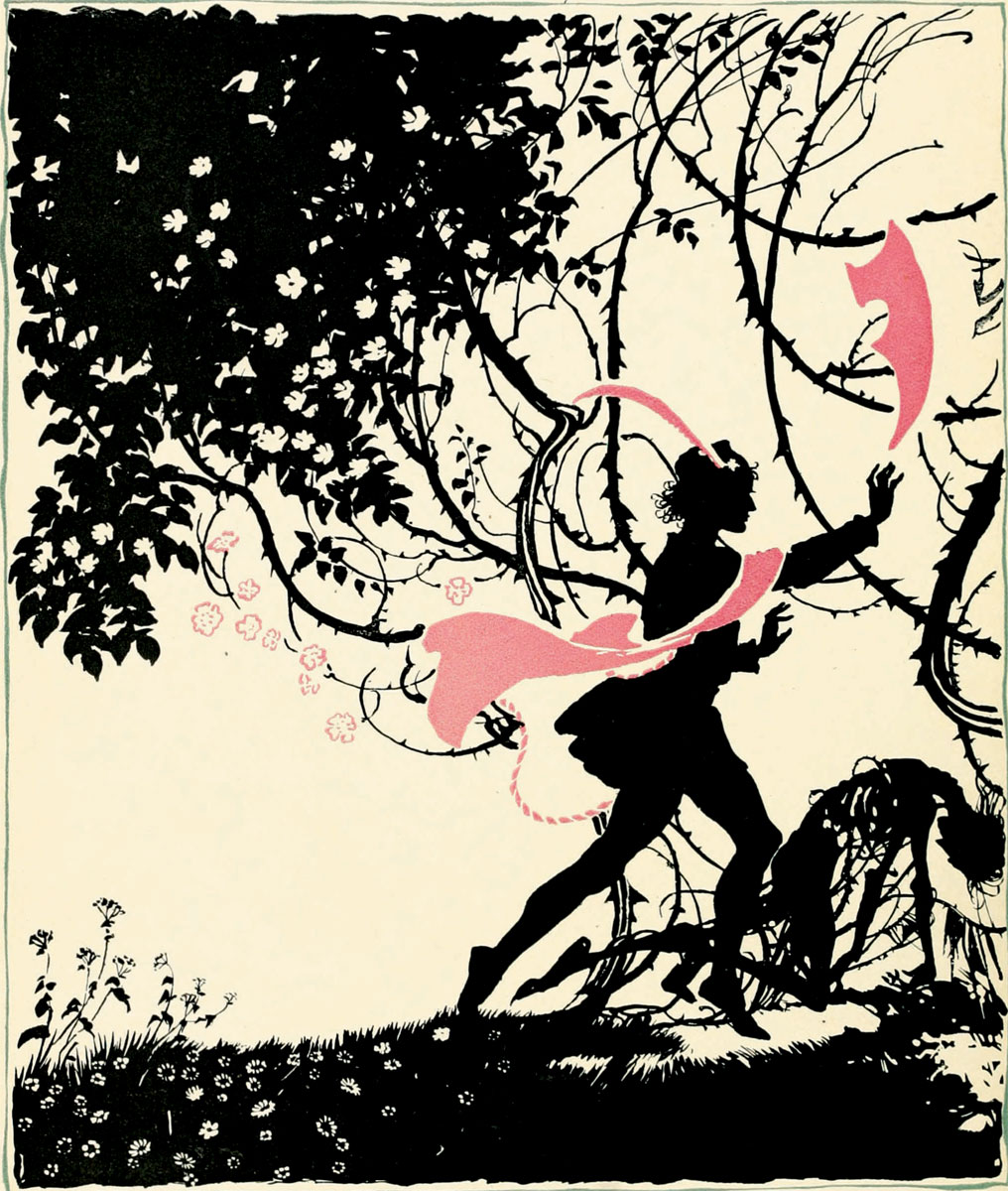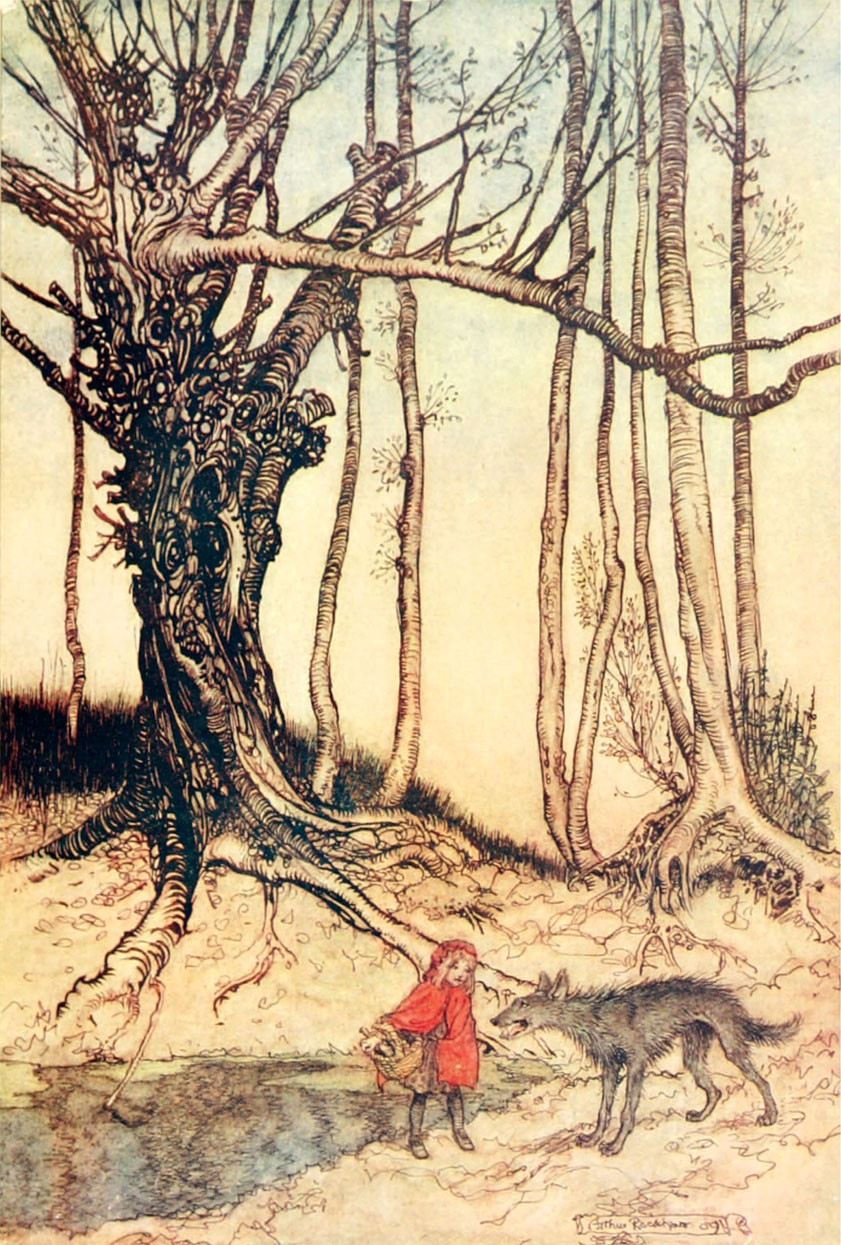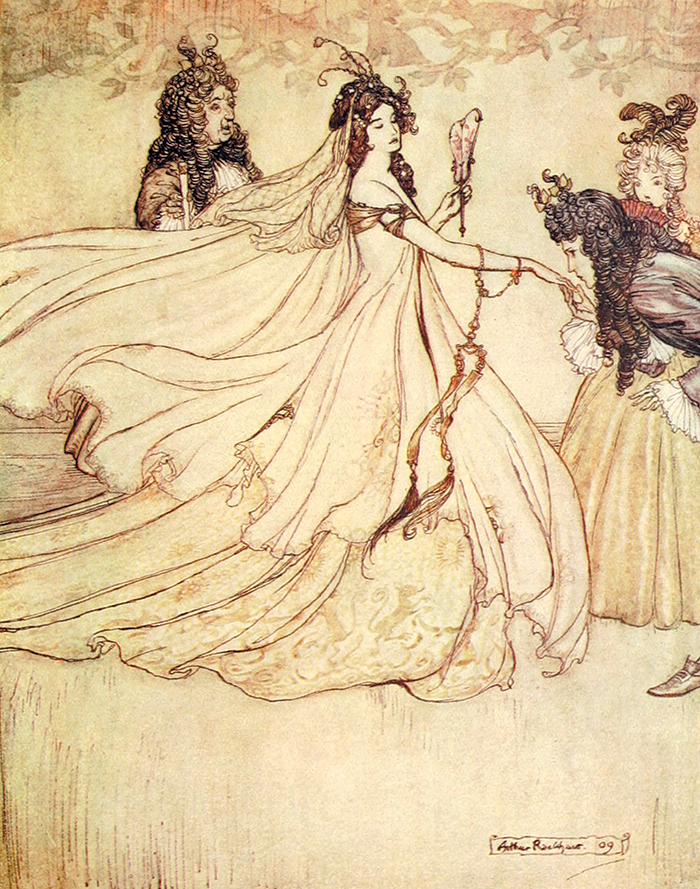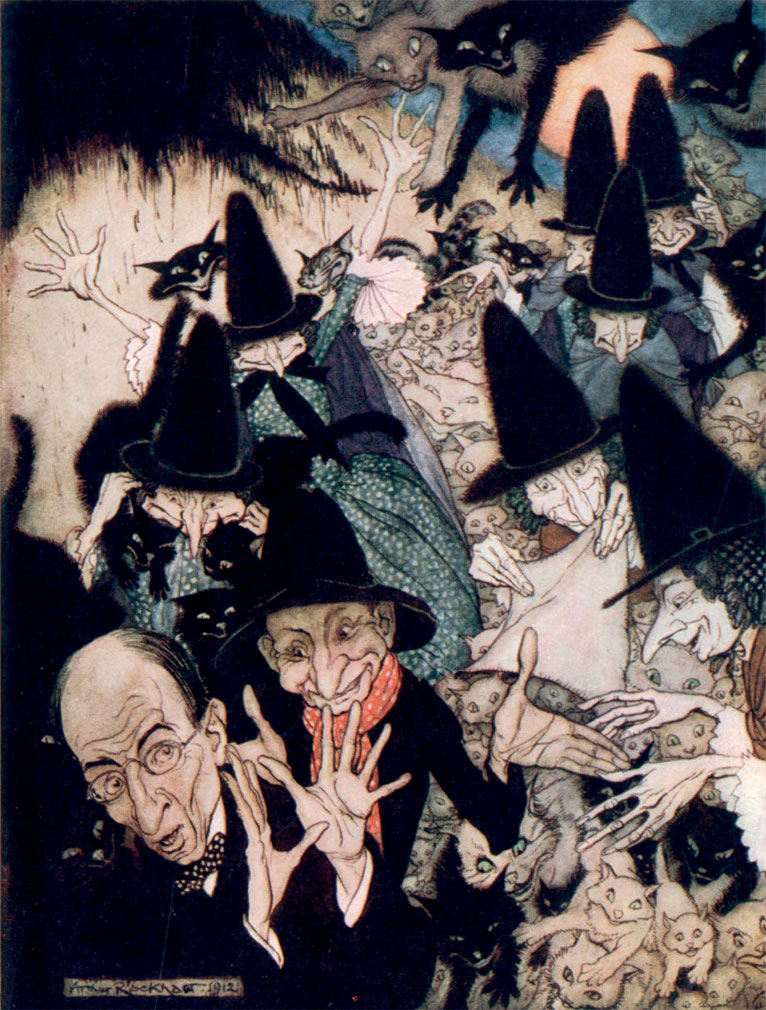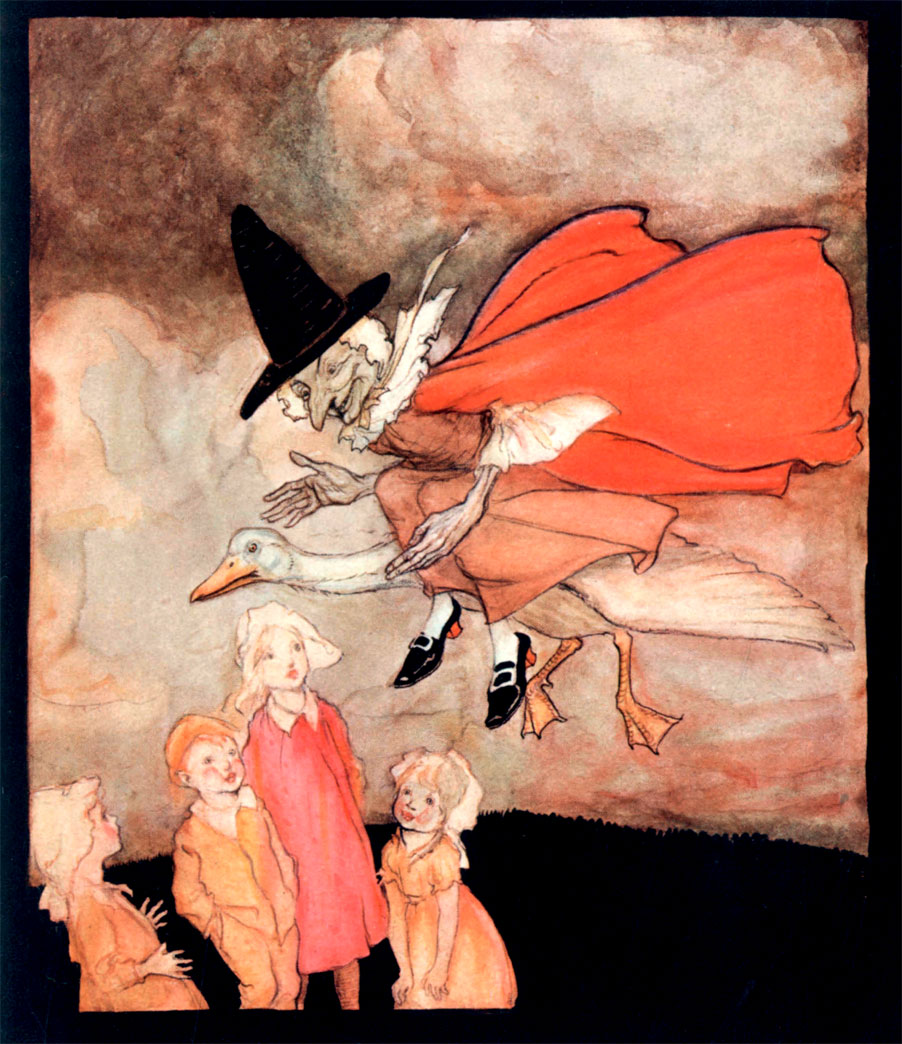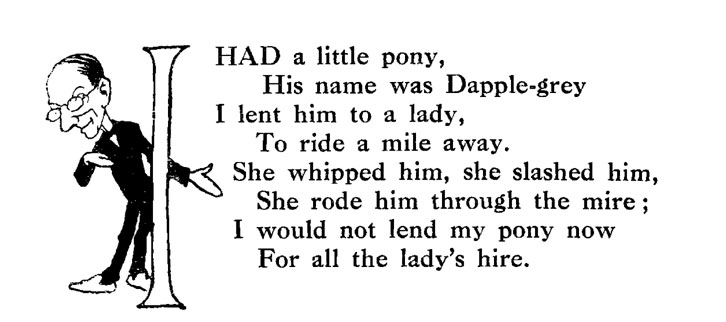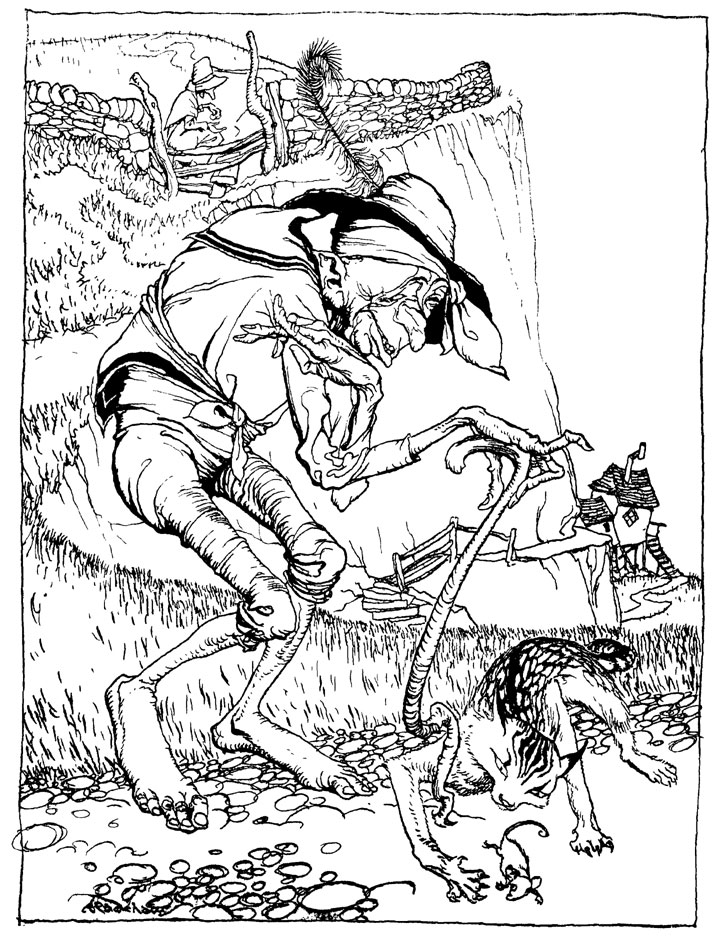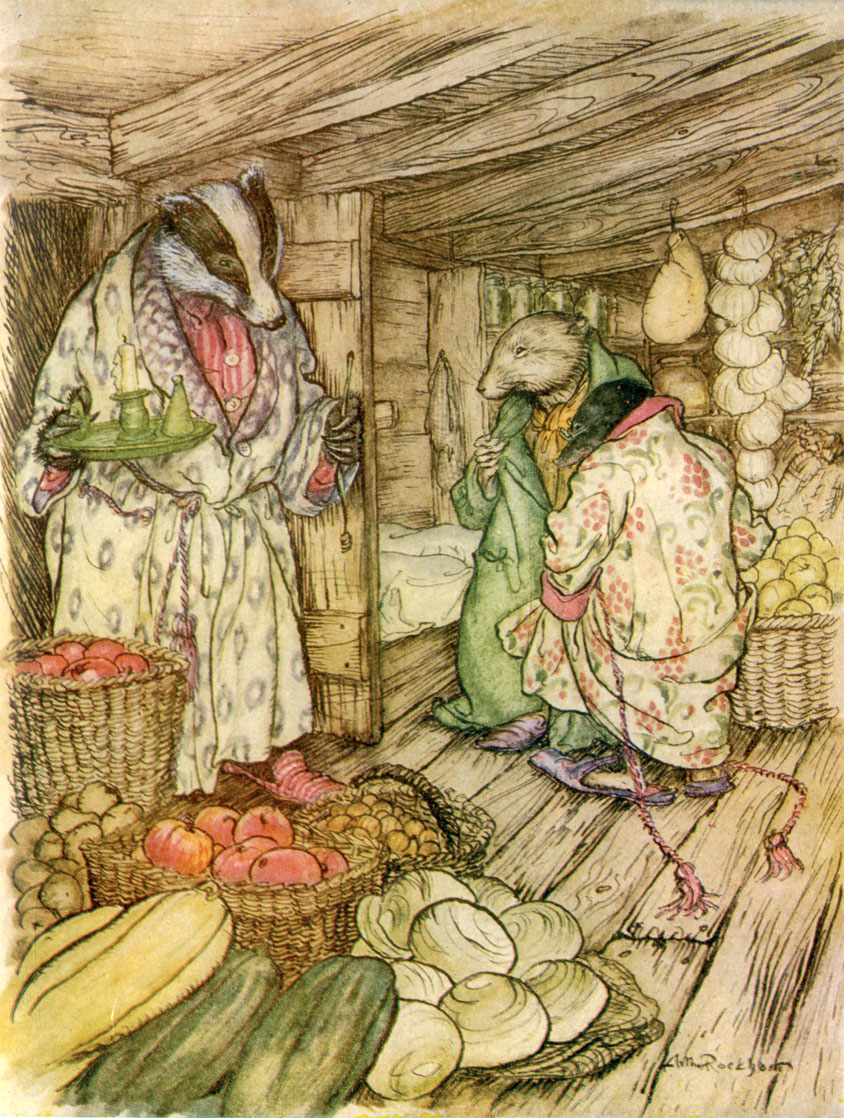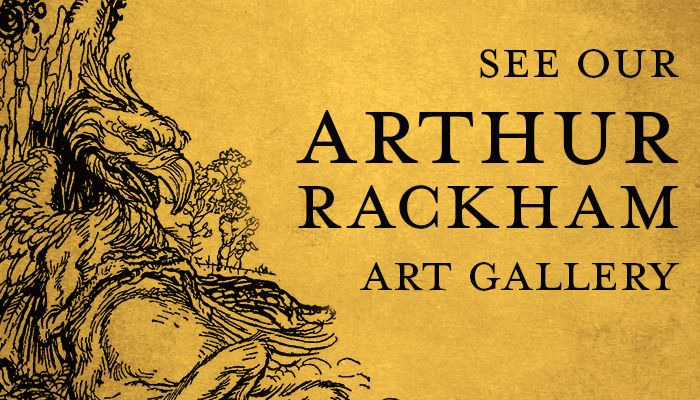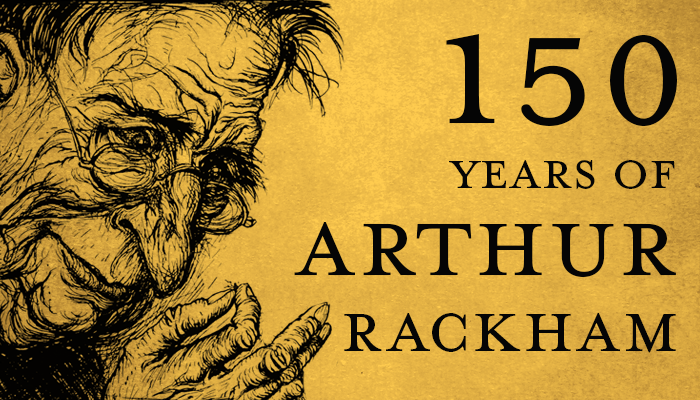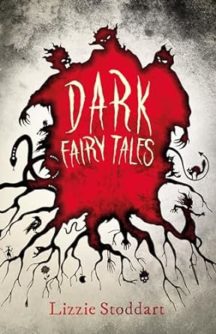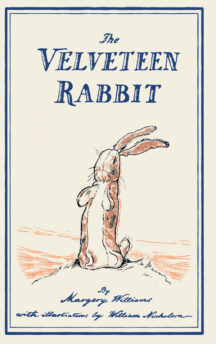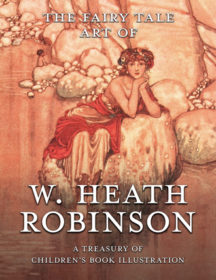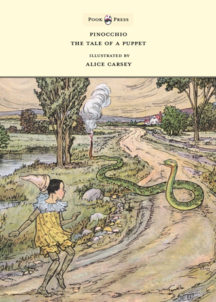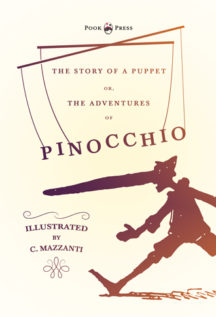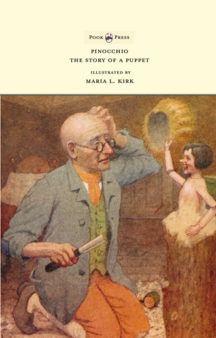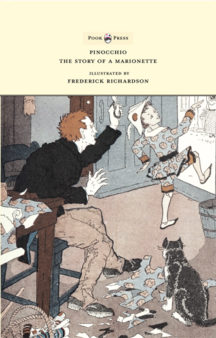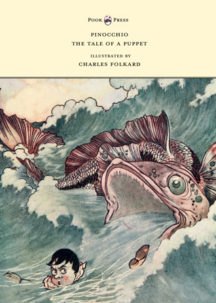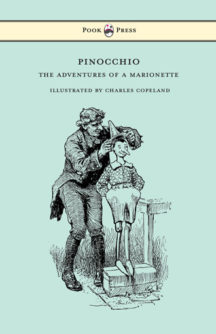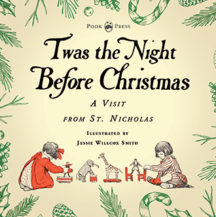Pook Picks – Arthur Rackham’s Top 5 Books
Pook Picks – Arthur Rackham’s Top 5 Books
Arthur Rackham is one of our all time favourite illustrators here at Pook Press and we wanted to share our top 5 books. It’s a very tricky selection process as every one of his books deserves a mention. He illustrated over 150 works during his career and is considered one of the best illustrators of the Golden Age of Illustration. Here’s a few of our favourite illustration from the books:
Aesop’s Fables (1912)
The first in our top 5 books list is Aesop’s Fables. Not only do we love these entertaining stories with thought-provoking morals but we just love the charming and humourous character that Rackham brings to the illustrations. You can see more illustrations from Aesop’s Fables and read the tales that go with them here.
Sleeping Beauty (1920)
In C. S. Evan’s Sleeping Beauty Rackham tells the tale with silhouettes alone. These illustrations are beautifully intricate yet leave enough for your own imagination to run wild. He also illustrated Cinderella (1919) in this style. We blogged about Arthur Rackham’s Cinderella Silhouettes earlier this year. His ability to tell the stories with black and white outlines is truly masterful.
Hansel & Grethel – & Other Tales (1909)
The Brothers Grimm are perhaps the best known folklorists of all time and their stories well-known and loved by many all over the world. Rackham’s distinct style with it’s dream like quality, his gnarled trees and fantastic goblins, lend its self perfectly to the dark nature of some of these tales.
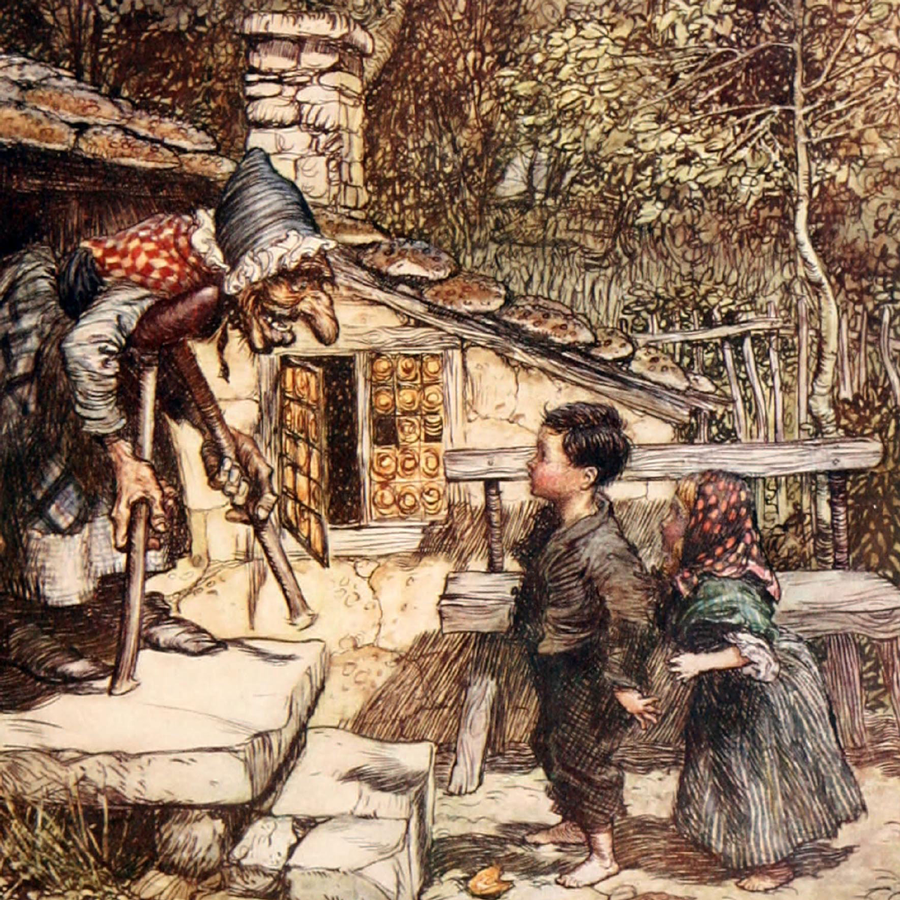
Gingerbread house illustration by Arthur Rackham from Hansel and Grethel and Other Tales.
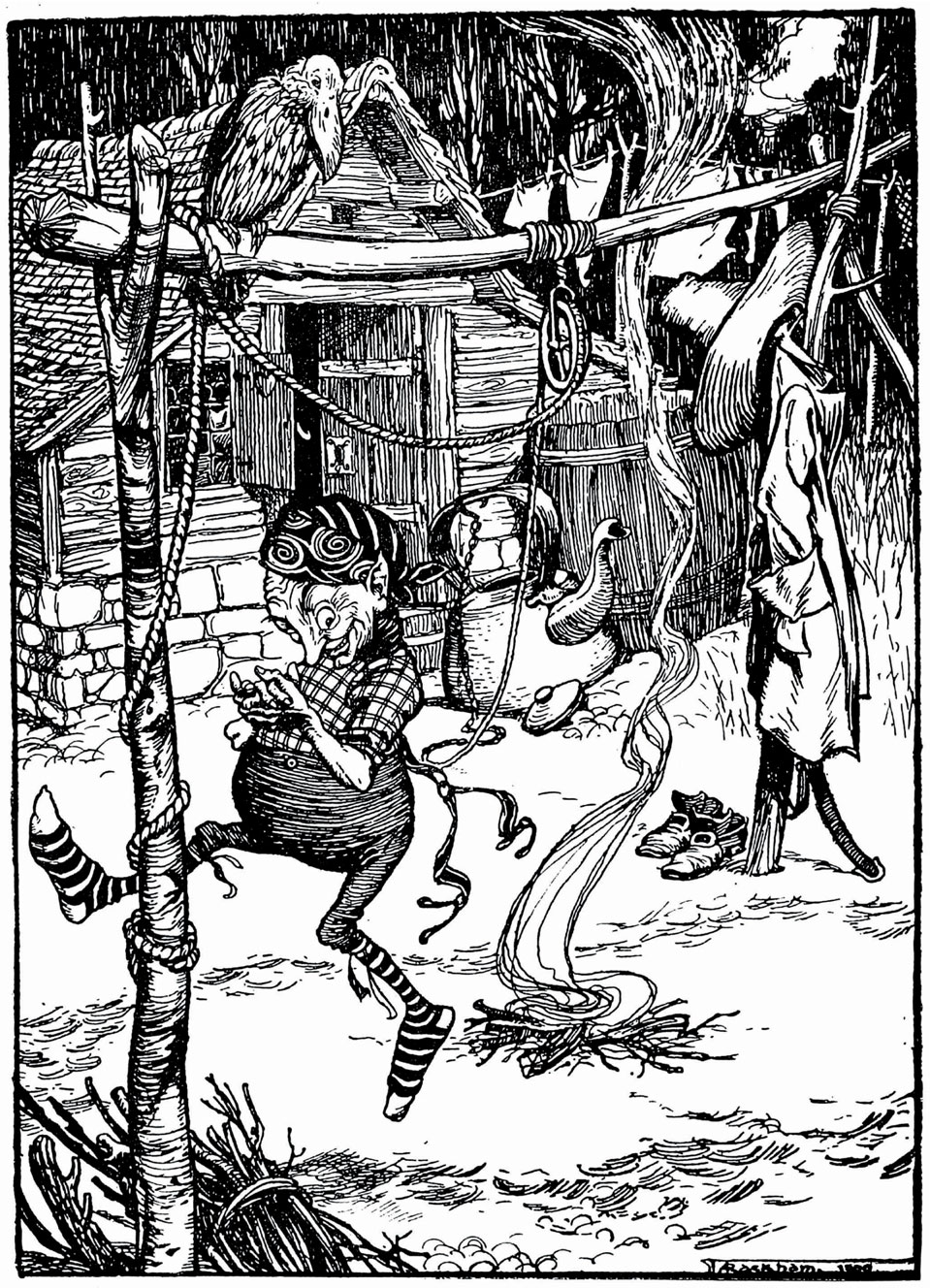
“Round the fire an indescribably ridiculous little man was leaping, hopping on one leg, and singing” Rumpelstiltskin by Arthur Rackham, 1909
Mother Goose (The Old Nursery Rhymes) (1913)
This collection of the timeless Mother Goose rhymes was put together by Rackham himself. In the foreword, he states that he has ‘chosen those rhymes I knew and liked best in my own nursery days’ We love how he adds sneaky self portraits into some of his illustrations.
Wind in the Willows (1940)
Everybody loves Kenneth Grahame‘s classic children’s story of Mole and Ratty’s adventures and Arthur Rackham was no different. He was asked to illustrate the first publication but regrettably had to decline in order to complete A Midsummer Night’s Dream. However, he was given a final chance and with great labour he worked and reworked the drawings to his eventual satisfaction. He completed the drawings just before his death in 1939. These were the last illustrations he ever did.
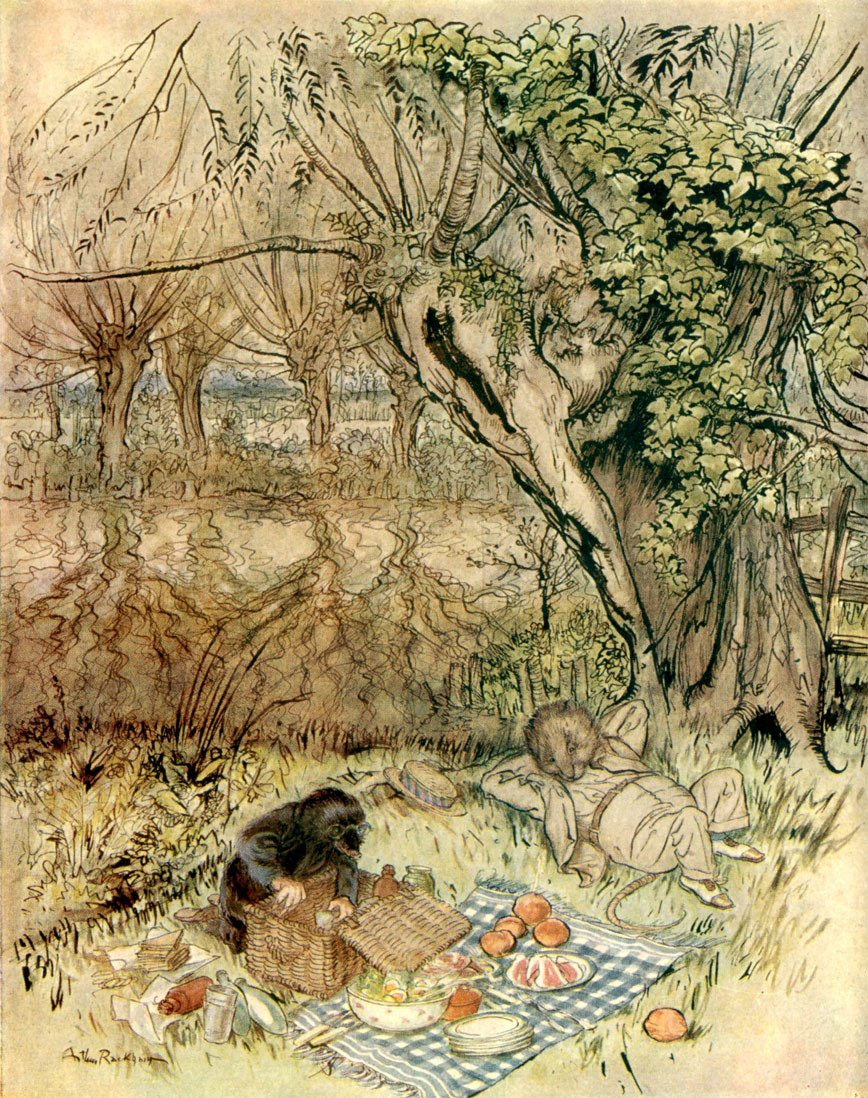
“The Mole begged as a favour to be allowed to unpack it all by himself.” Wind in the Willow by Arthur Rackham, 1940.


